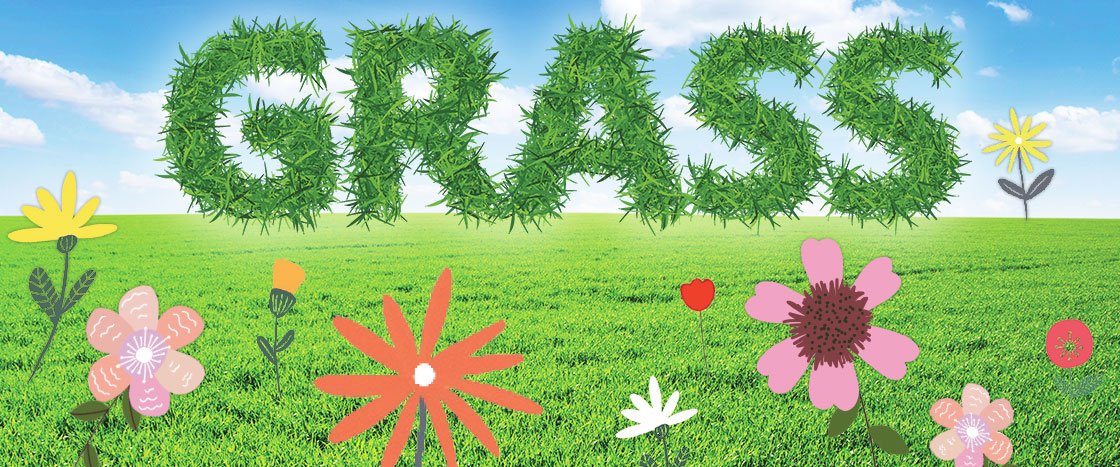I grow in places
others can’t,
where wind is high
and water scant.
I drink the rain,
I eat the sun;
before the prairie winds
I run.
I see, I sprout,
I grow, I creep,
and in the ice
and snow, I sleep.
On steppe or veld
or pampas dry,
beneath the grand,
enormous sky,
I make my humble,
bladed bed.
And where there’s level ground,
I spread.

